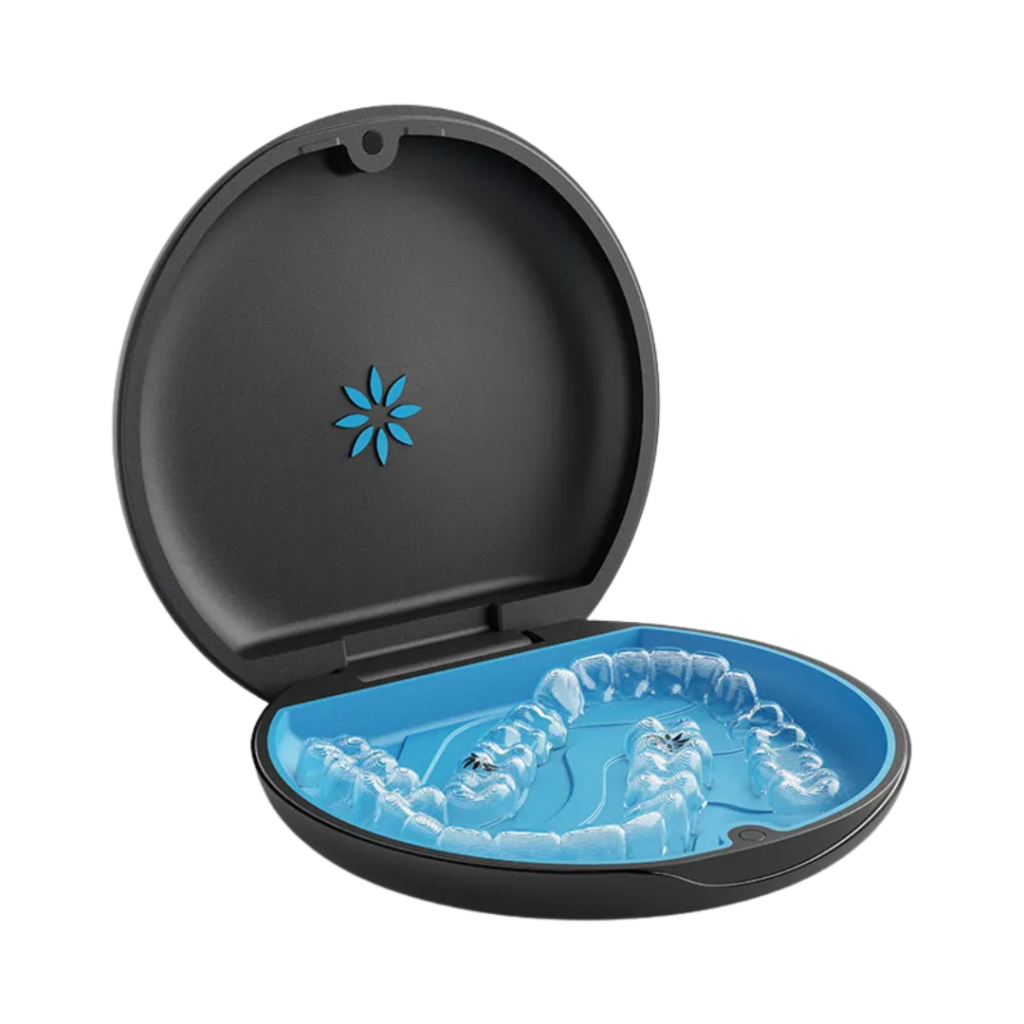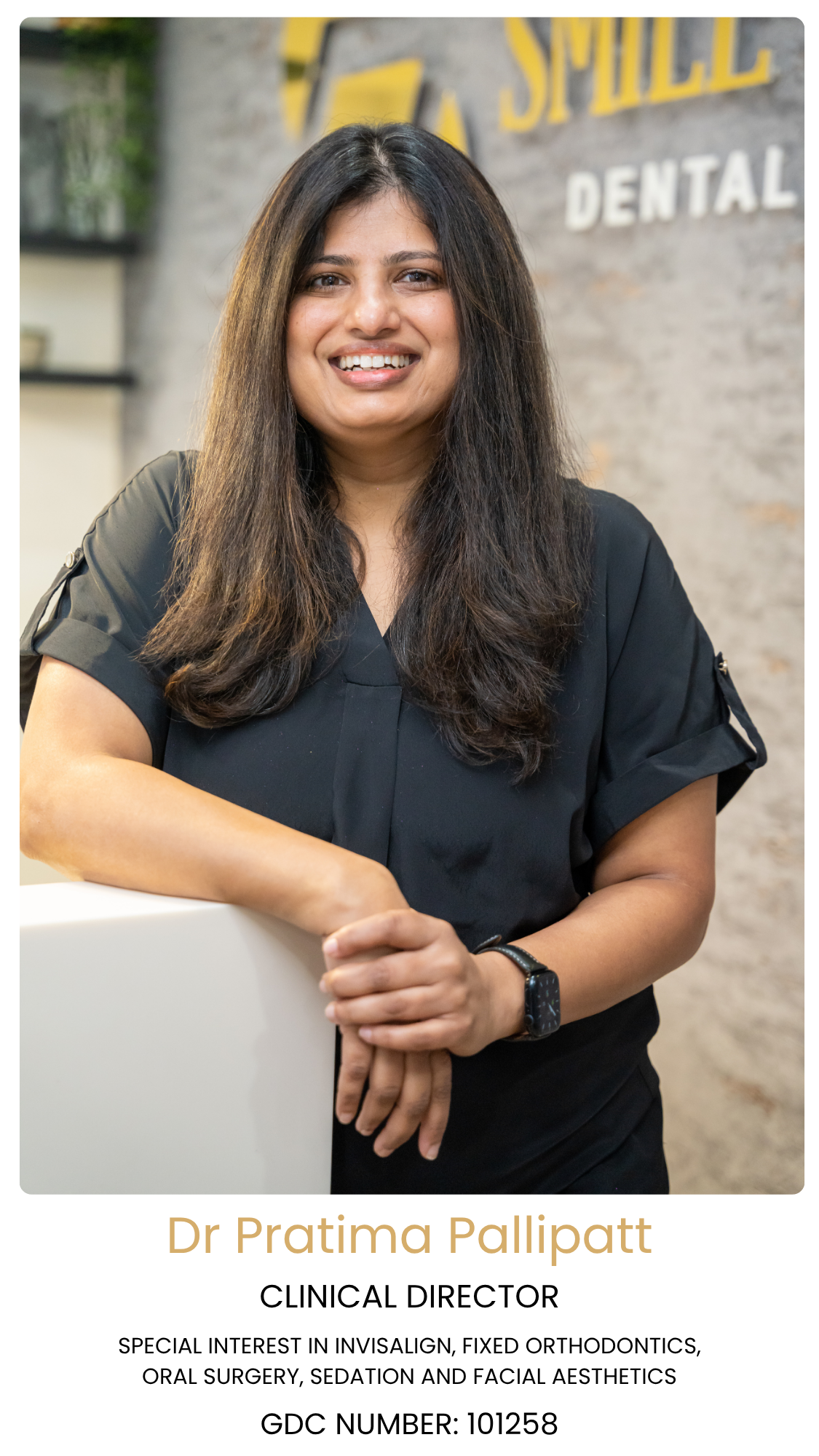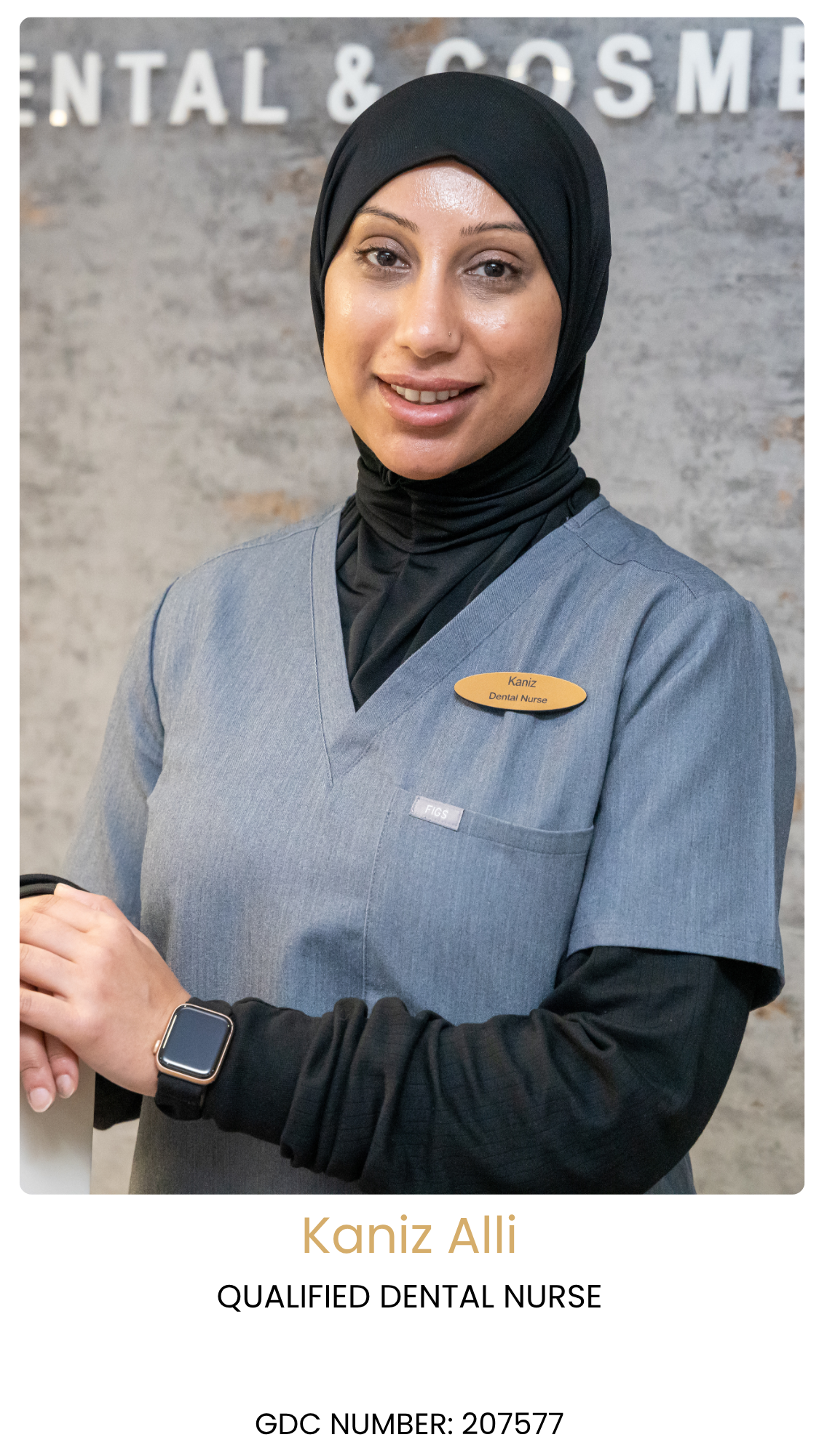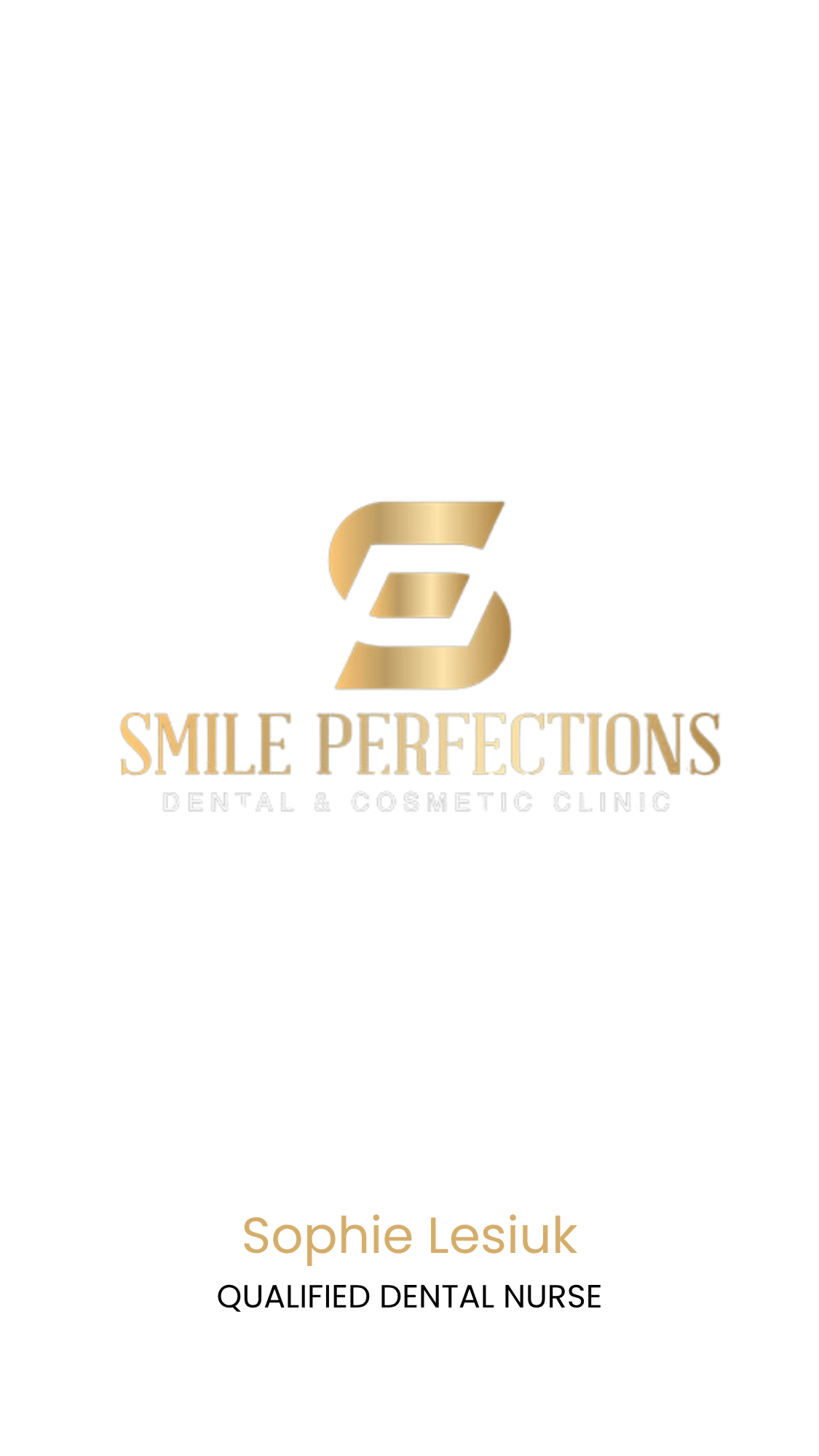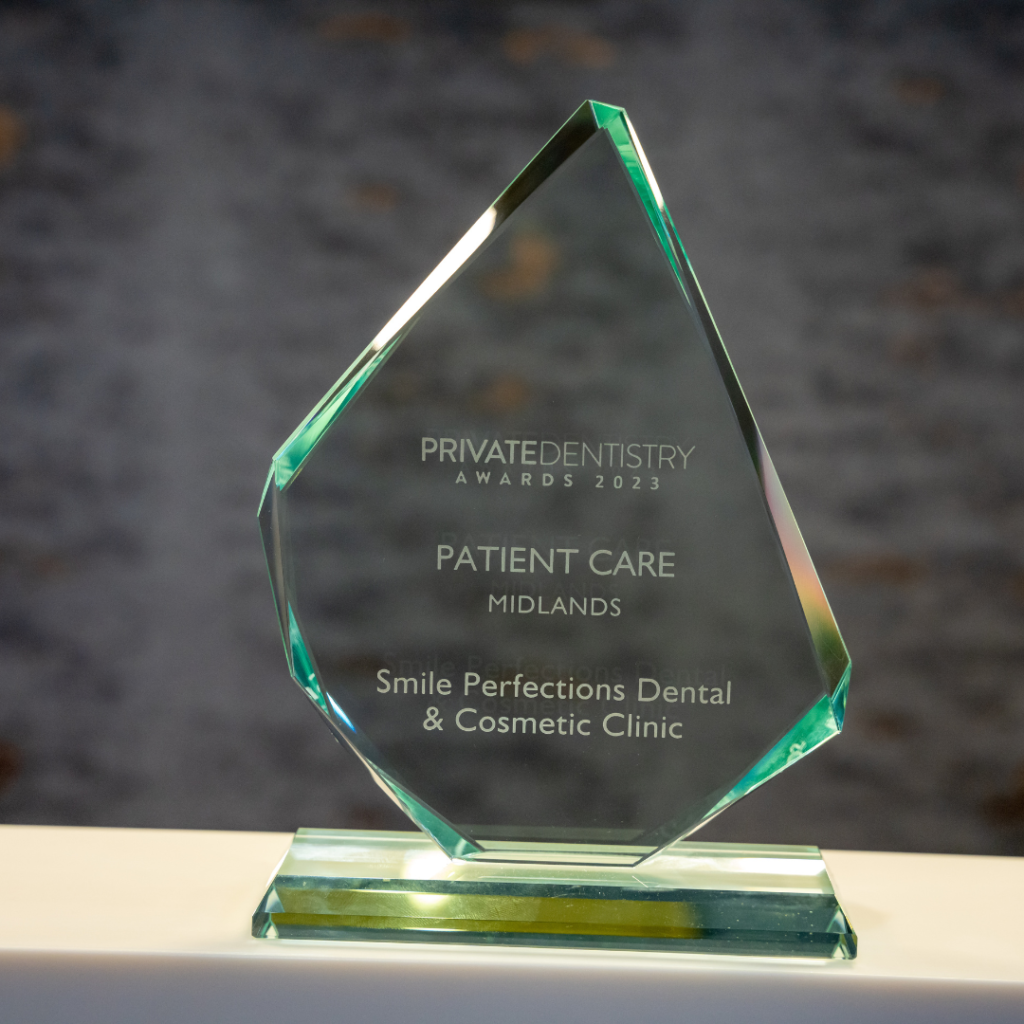Invisalign® in Oadby, Leicester
Invisalign® uses nearly invisible aligners to straighten your teeth comfortably and discreetly. Custom-made to fit your smile, these clear aligners gradually shift teeth into place—perfect for achieving beautiful results without the hassle of braces.

Nearly invisible
Invisalign® aligners are clear and discreet, so most people won’t even notice you’re wearing them. It’s a subtle way to achieve a straighter smile without the look of traditional braces.

Custom-fit
Each set of Invisalign® aligners is custom-made for a snug, comfortable fit, designed to gently guide your teeth into place without the discomfort of metal brackets or wires.

Removable
With Invisalign®, you can remove your aligners to eat, brush, and floss freely. This means you don’t have to give up your favourite foods or change your oral hygiene routine.

Perfect for a busy lifestyle
Invisalign® requires fewer dental visits, making it a convenient choice for those with busy schedules who want effective results without constant adjustments.
What is Invisalign®?
Invisalign® is a modern, nearly invisible orthodontic treatment that uses custom-made clear aligners to straighten teeth. These aligners are designed to gently shift your teeth into the desired position over time.
Since they’re removable, Invisalign® allows you to eat, drink, brush, and floss without the restrictions of traditional braces. It’s a comfortable, convenient, and discreet way to achieve a beautifully aligned smile.
Is Invisalign® right for you?
Invisalign® is a great option if you’re looking to straighten your teeth without the look of metal braces. It’s ideal for adults and teens with mild to moderate alignment issues who want a flexible and subtle solution.
If you have a busy lifestyle, enjoy the freedom of removable aligners, and want a treatment that fits seamlessly into your daily routine, Invisalign® might be perfect for you. A consultation with our team can help determine if Invisalign® aligns with your smile goals.
What cases can Invisalign® treat?

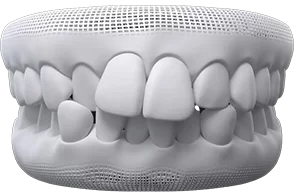
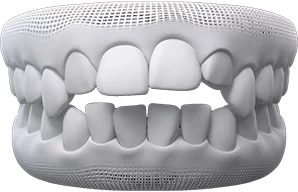
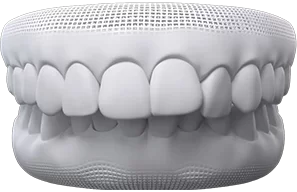
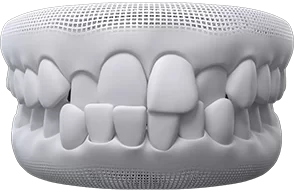
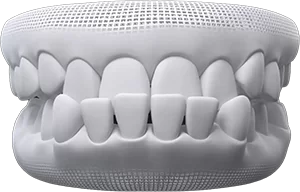
Bringing smiles to life!








What is the process of getting Invisalign®?
what to expect
1. Initial consultation
During the initial consultation, we assess your smile and discuss your goals. We’ll determine if Invisalign® is the right option for you and go over what you can expect from the treatment.
2. Digital scan and custom treatment plan
Using advanced 3D imaging technology, we take precise digital scans of your teeth. These scans allow us to create a personalised treatment plan, mapping out the movements of your teeth from start to finish.
3. Receiving your custom aligners
Once your aligners are ready, we’ll provide you with a series of clear trays designed specifically for your teeth. Each set of aligners is worn for about 1-2 weeks, gently guiding your teeth into place.
4. Regular check-ins
Every 6-8 weeks, you’ll have a quick check-up to monitor your progress and make any necessary adjustments. These visits ensure your treatment stays on track.
5. Enjoy your new smile
Once you’ve completed your series of aligners, your teeth should be beautifully aligned! To maintain your new smile, you’ll likely need a retainer, which helps keep your teeth in their new position.
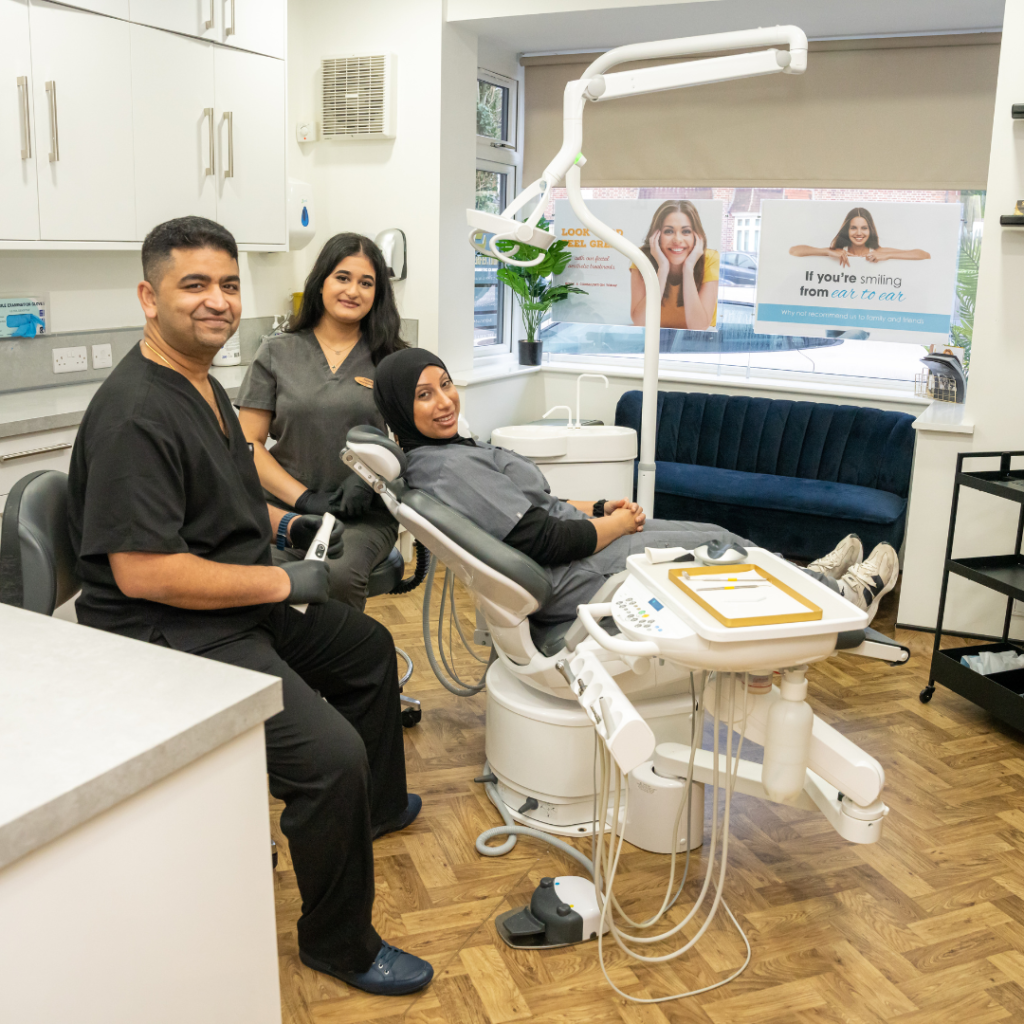
3D iTero® Scan
precision for your perfect smile
The 3D iTero® scan is an advanced digital scanning technology we use to kickstart your Invisalign® journey. This comfortable, quick scan captures highly accurate, detailed 3D images of your teeth—without the need for messy molds. The iTero® scanner lets us create a custom Invisalign® treatment plan tailored precisely to your smile.
- COMFORTABLE AND CLEAN - No messy molds; just a quick, easy scan of your teeth.
- YOU CAN SEE YOUR FUTURE SMILE - Get a real-time preview of your post-treatment smile, so you can see your results from day one.
- PRECISE AND ACCURATE - The detailed 3D images ensure a custom fit, leading to better results with Invisalign®.
Why choose Invisalign® at Smile Perfections?
- Invisalign® provider
- Personalised treatment plans
- Comfort-focused approach
- Convenient and flexible options
- Advanced technology for predictable results
Hear our lovely patient's story
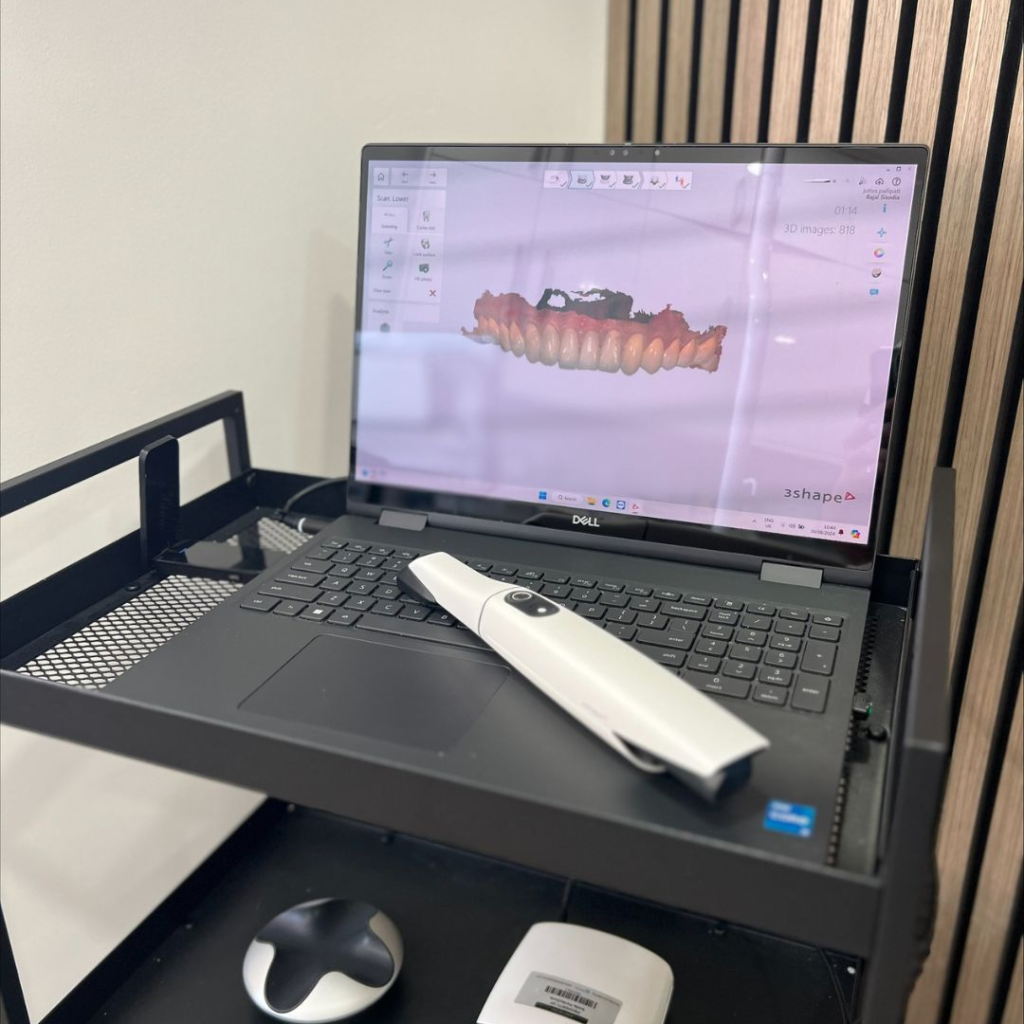
Split the cost of your treatment
0% interest finance available
Straightening your teeth with Invisalign® is an investment in your confidence and well-being. To make it more accessible, we offer flexible payment plans that allow you to spread the cost of your treatment over time. With our 0% interest financing option, you can break down the cost into manageable monthly payments—without any extra fees.
- Enjoy interest-free payments for up to 12 months.
- Choose a payment plan that fits your budget and needs.
- Our team will guide you through the application process.
Start your journey to a new smile today without the worry of upfront costs!
Have a question?
FAQ
We are here to help you! Find answers to some of our most frequently asked questions.
Yes, many patients find Invisalign® worth it for the convenience, comfort, and nearly invisible appearance. Invisalign® is a great option for those who want effective teeth straightening without the look or restrictions of traditional braces.
One downside of Invisalign® is that it requires commitment—you need to wear the aligners for 20-22 hours a day for the best results. Forgetting to wear them can extend treatment time. Additionally, Invisalign® may not be suitable for severe orthodontic issues.
The most common complaint with Invisalign® is mild discomfort or soreness when switching to a new aligner tray, which is normal and usually subsides within a few days. Some patients also mention the inconvenience of removing aligners before eating or drinking anything other than water.
Invisalign® is popular with teens and adults of all ages. The average age range for patients is typically between 20 and 40, but it’s suitable for anyone with healthy teeth and gums.
Yes, Invisalign® is very effective for fixing mild to moderate crooked teeth. However, for severely rotated or misaligned teeth, your dentist may recommend a different type of orthodontic treatment.

